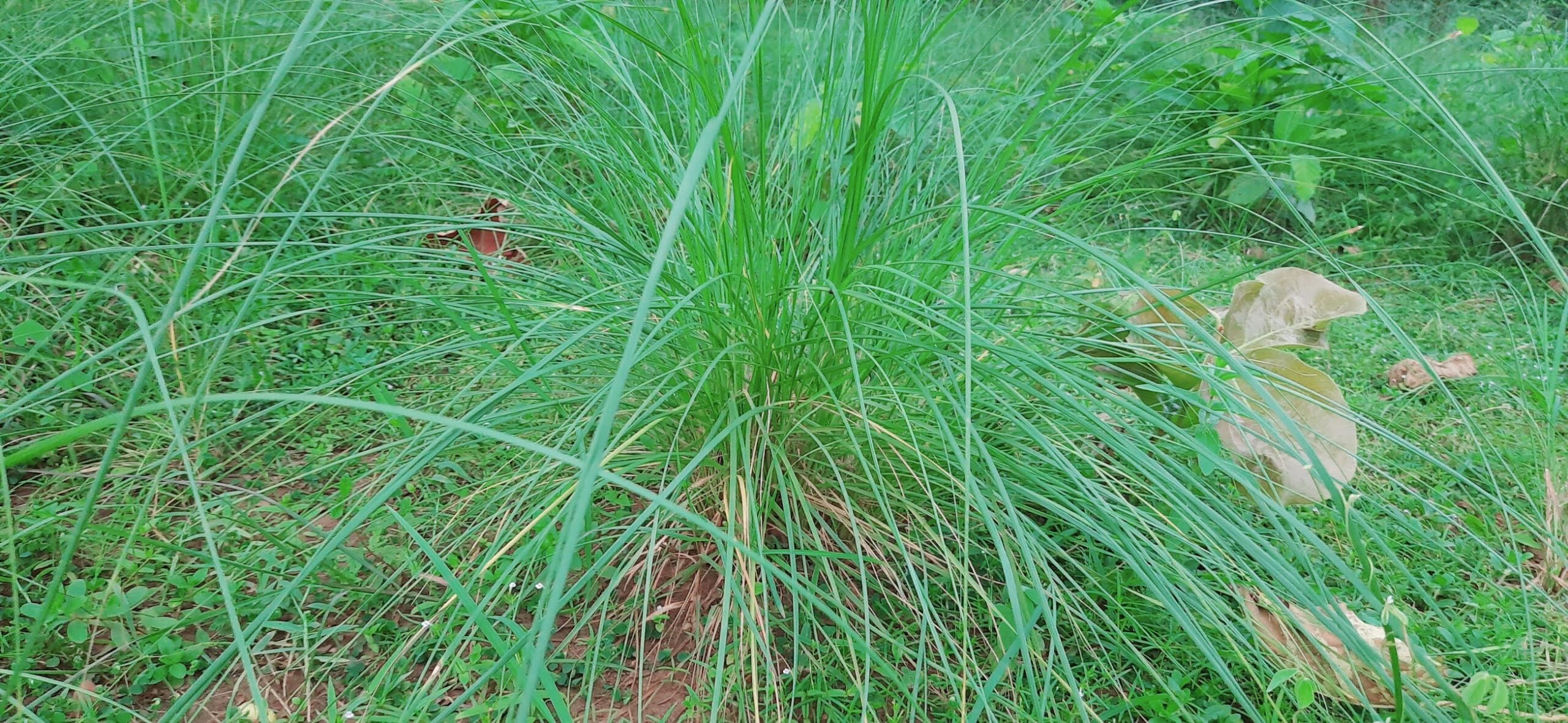
“Sabai grass” when I first time heard the name, I thought it’s something new but soon I realized that is the same “Bobai ghaso” which people in my village used to makes ropes from. In my childhood during my vacations, when I used play on the streets in the village, I have witnessed it many times without realizing its potential and importance.
Mostly, I have witnessed these grasses were being used to build ropes often used for the charpai (cot), machi (small stools) and some small toys as well. But it was mostly “ropes” which were in high demand in local markets. I remember, people talked about paper mills who used to purchase these ropes in very large quantity. Probably they used these to tie bamboos at the time of harvest from forests. With some research, I found that these grasses are pulpable too – so along with bamboo these were also fed to machines to make paper thereby recovering the cost too.
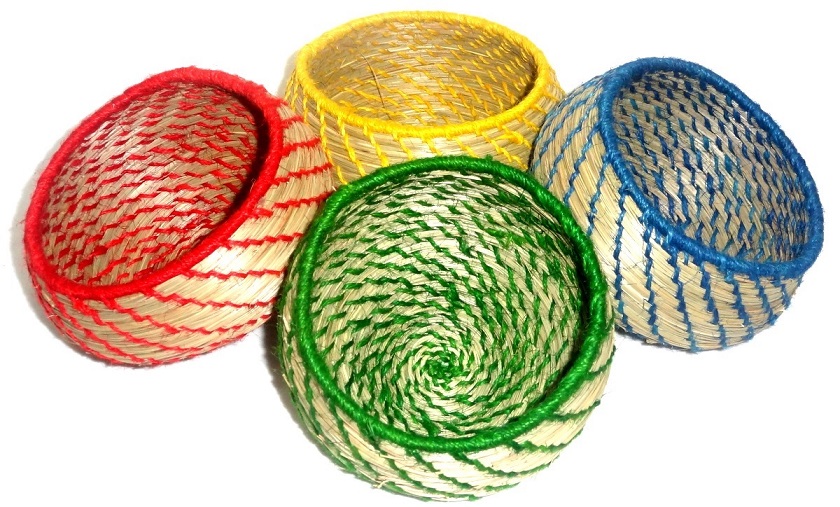
But recently, with change in demand Sabai grasses have been used to build many other products too. From ornamental items like wall hangings, light shade decors to daily use utility items like floor mats, bags and baskets also being built now a days. Because of demand of modern generation, I have witnessed laptop bags made up of Sabai grass too. Those were beautiful and eco friendly.
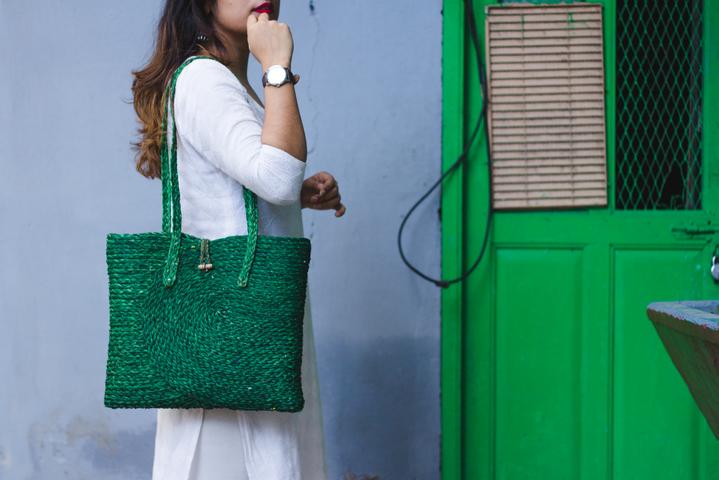
But things were not rosy always. This craft was mainly used by tribals of Mayurbhanj as extra source of income or hobby only. And because there were not much variety of products being produced, the demand was low & due of this the potential boost to economy from this craft was unthinkable. However females from remote areas are responsible for nourishing and keeping this old age craft alive.
I came across a nice video from a group of such strong women who work hard to make their dream come true but got hit by Covid’19. They are planning to start an ecommerce platform to showcase and sell their products.
Their story was published in https://www.thebetterindia.com/233476/woman-entrepreneur-grass-gold-handicrafts-odisha-craftmaking-rural-development-inspiring-india/
Check their website at https://www.mayurshilpacraft.com/.
Another such website is https://kalagharstore.com/ who are working with women in rural sector of Mayurbhanj. They have nice collections too.
Mayurbhanj to export Sabai crafts to international market directly
We have formed nearly 50 clusters of artisans who belong to different villages in four blocks—Baripada, Betnoti, Moroda and Kuliana. The artisans are mostly women who were trained under master designers from the Ahmedabad-based National Institute of Design (NID) in 2016. Now, they not only earn decently, but also receive huge acclaim for their works displayed at different exhibitions in cities like Bhubaneswar, Delhi, Kolkata, Mumbai, Hyderabad and Lucknow,” said B Mal, the assistant director of the Mayurbhanj wing of ORMAS (Odisha Rural Development and Marketing Society).
With the help of independent bodies like Odisha Rural Development and Marketing Society(ORMAS), Asian Heritage Foundation (AHF), New Delhi and the Rural Active Women’s Handicraft Artisan Association (RAWHAA) at Baliapal in Balasore district, the women in the rural areas of Mayurbhanj not only learnt to build new products from Sabai grasses but also polished their old skills to create better quality products.
In the past, mostly the products were being sold in the local markets only at a very low price. However with penetration of internet and modern times, lot more buyers came across this craft directly. FabIndia is one such example who directly buys these crafts from Mayurbhanj’s sellers and resale them to other markets. This has given a boost to rural economy of this district.
Recently in Nov ‘2020, Mayurbhanj has become the first district ever to get an international license to export Sabai crafts directly.
Worth mentioning that lately 22 types of Sabai grass products have been exported to Florida by the Odisha Rural Development and Marketing Society (ORMAS).
There are further plans of these products to be exported to America, Britain and other developed countries as per demands.
It is noteworthy that the Odisha government has granted funds worth 10 lakh each to 5 production groups to make sabai crafts so that they can be exported in near future.
Many of these products have already made to Amazon thereby open to larger customer base. You can check them out below :
If someone is interested in bulk purchase. Please contact https://www.greencraftindia.co.in/. This exporter is from Baripada only thereby surely authentic.
Local folklore on origin of Sabai grass
While researching on this topic, I came across a very interesting story of six bothers and their sister which tells about the origin of Sabai grasses. Its a local folktale forgotten by modern generations.
It is said that once upon a time there were 6 brothers used to live with their sister near to a forest. Everyday brothers used to go to forest for gathering woods and hunt some animals. And sister used to stay at home and cook for their brothers.
One day when brothers were gone, and sister was getting ready to cook – while chopping the vegetables she mistakenly cut her finger. Few drops of the blood from her finger got mixed with the veggies which she cooked unknowingly.
Late in night when her brothers came, she served them the dinner. Brothers noticed that the food was tasting great that day. It was sweet and very yummy. They asked about it their sister and the scared sister told the truth. That night, the brothers had a discussion that if few drops of blood made the food so tasty how good her meat would be ? With this devilish thought they hatched a plan to murder and eat her.
However the youngest brother “Lita” wasn’t happy about this. He tried to oppose but everything went into vain.

As par the plan, next day brothers brought a very beautiful flower for their sister. It had seven petals having seven different colors. This was the first time when she was witnessing something like that. She got mesmerized by the beauty of the flower and asked her brothers if she could have more. Brothers said – it grows on a tree inside deep forest and next day she could come with them and pluck all the flowers what she needs. Happy with this thought, sister went early to bed to get ready for forest the next day.
Next day, she gladly went with her brothers to the forest and they took her to the tree with that flower. She climbed the tree to pickup the flower, and when she was up in the tree , they started firing arrows on her to kill her. Unfortunately “Lita” was the best hunter their group and they forced Lita to aim for her and kill her, which he did.
When the body fell down, they asked Lita to take it to the pond and clean and cut it into pieces to make it ready to cook. With heavy heart, he took her sister’s body the nearby pond. He was so much filled with sorrow that he sat down near the pond and started weeping. Suddenly a large frog from the pond, shown up and asked Lita – “whats the matter ? ” . And Lita told him all the story – how he was made to kill her sister and how his brothers are getting ready to eat her. Listening to this, that frog Lita a large Rohu fish, which he cut to pieces and wrapped around Sal leaves.
After hiding his sister’s body in nearby bushes, he took the wrapped Rohu fish pieces to his brothers which they cooked and ate. Later they returned to their home. While returning back suddenly Lita told that he has forgotten to pickup his hunting bow which he had kept near the pond. So he needs to go back to get it. Saying so – he went back to the forest and his brothers returned to home.
Lita went to place where he had hidden his sister’s body. He cleaned it up and buried it but decided never to return back home. He built a small hut near the grave and wept on it for days. Suddenly one day, Lita saw that her sister came back alive. Lita was overjoyed and they lived happily in the forest for some time.
One day, a Raja came for hunting in the forest. On passing near the hut he saw the girl and fell in love with her. He decided to marry her and make her queen.
In honor of marriage, Raja decided to build a huge water tank and people came from far to work there. Among all came her five brothers, who had fallen into great poverty. Destiny never forgive those, whose deeds are wicked. On realizing its her brothers, looking at their poverty the sister forgave them.
However they were so ashamed of their deeds that they could only kneel, touching their head on the ground. As they continued to do so, the Earth splattered and swallowed them up. Only their hairs stuck upon the ground, which became “Sabai grass”.
That’s all folks. Tell me in the comment section if you liked the story.
Read other articles

Legacy Of The Amarda (Rasogovindpur) Road Airstrip
Recent News The Ministry of Defence on Tuesday granted working permission to the state government for development of the airstrip at Rasgovindpur near…
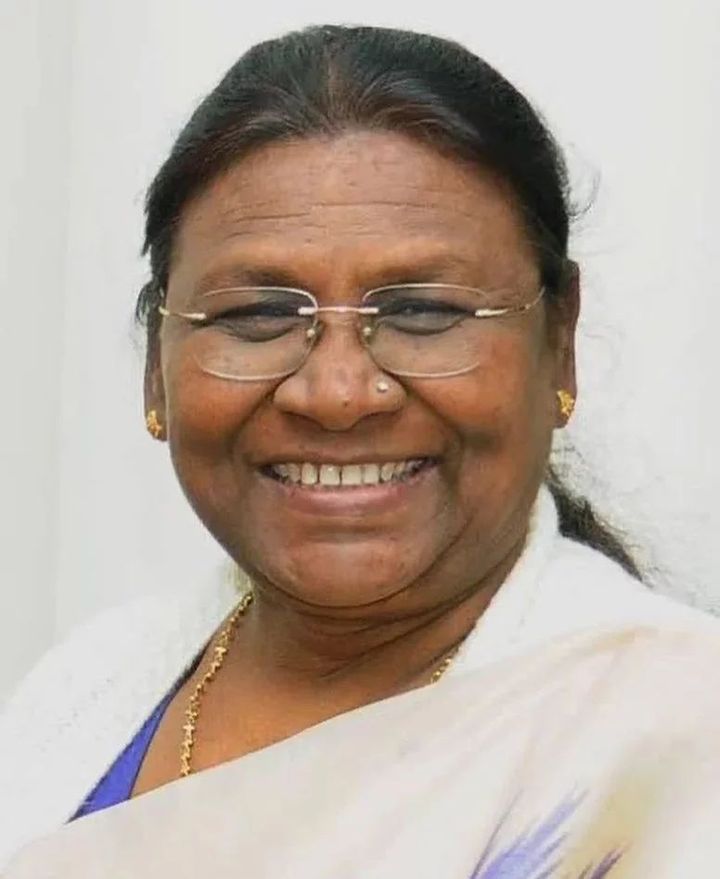
Draupadi Murmu
Congratulations to Respected Smt. Draupadi Murmu A Dedicated sincere Tribal Women from Mahuldia, Rairangpur Mayurbhanj, Odisha on being announced as the Presidential…
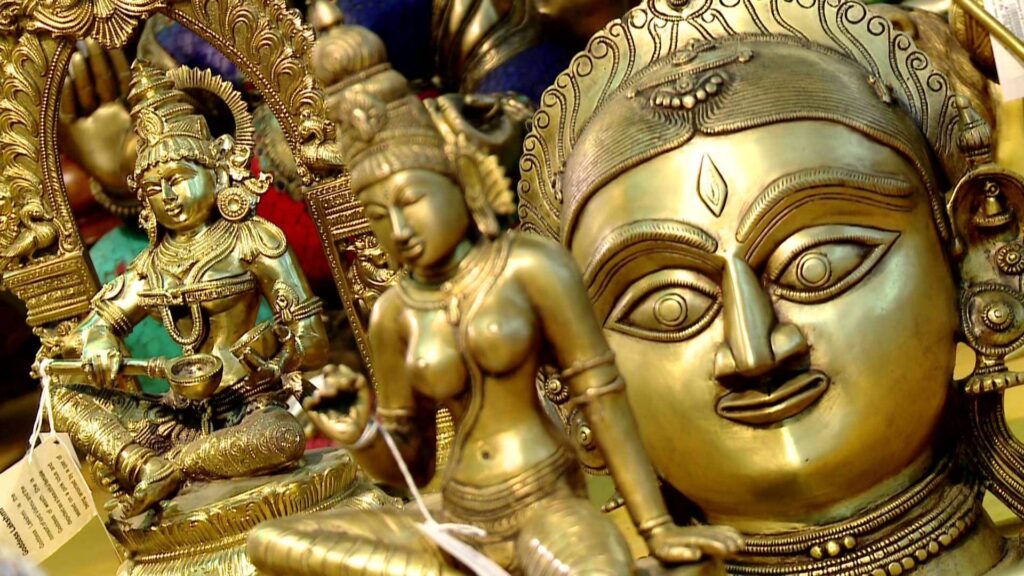
Dhokra – An art of casting metal on wax
Introduction Though not native to Mayurbhanj, Dhokra craft has become integral part of this culture now. Go to any mela or just…

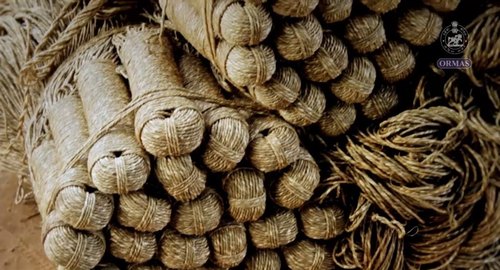
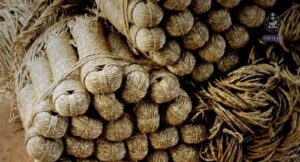
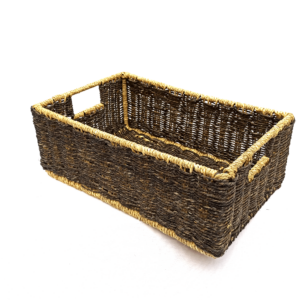
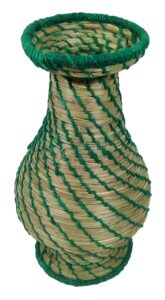
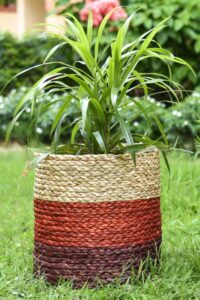

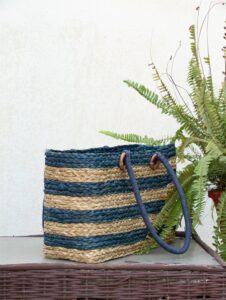
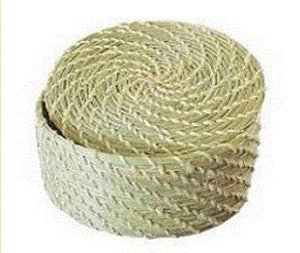
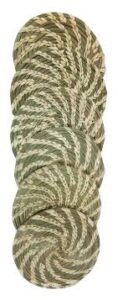








The whole credit goes to Mr.Rajesh Prabhakar Patil,the than Collector and District Magistrate of Mayurbhanj.